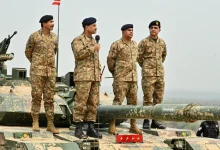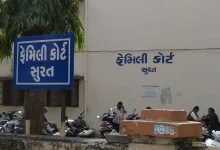
Amid escalating tensions with Pakistan following the deadly Pahalgam terror attack, the Ministry of Home Affairs (MHA) has instructed several states to carry out civil defence mock drills on May 7, government sources confirmed.
The drills are aimed at preparing civilians for potential hostile attacks and will include the testing of Air Raid Warning Sirens, blackout exercises, training sessions for civilians and students, camouflaging of critical infrastructure, and the updating and rehearsal of evacuation procedures.
Sources said these activities are part of a broader strategy to enhance readiness and public safety in light of the Pahalgam attack, which claimed the lives of 26 people, most of them tourists. The government has pledged strong action against those responsible.
As part of these measures, a 30-minute blackout drill was already conducted in Ferozepur Cantonment on Sunday, from 9 pm to 9:30 pm, under the supervision of the Cantonment Board and local authorities. “All lights were turned off, and any vehicles with lights on were stopped,” said SHO Gurjant Singh of Ferozepur Cantt Police Station, adding that police had been deployed across all intersections for enhanced vigilance.
In response to the attack, the Indian government has granted full operational freedom to the armed forces to determine the timing and nature of retaliation. Additionally, New Delhi has suspended the Indus Water Treaty and imposed a complete ban on imports and transit of goods from Pakistan, effectively halting bilateral trade, according to a notification from the Ministry of Commerce and Industry.
An all-party meeting convened in the aftermath of the incident saw unanimous political backing for the government’s actions. During a Cabinet Committee on Security meeting, officials highlighted cross-border involvement in the attack, noting that it came at a time when Jammu and Kashmir was witnessing democratic progress and economic development.
Key Civil Defence Drill Activities on May 7:
- Testing of Air Raid Warning Sirens
- Training sessions for civilians and students on safety measures during attacks
- Execution of crash blackouts to minimize visibility during emergencies
- Camouflaging demonstrations for vital infrastructure
- Evacuation drills and updates to emergency response plans




